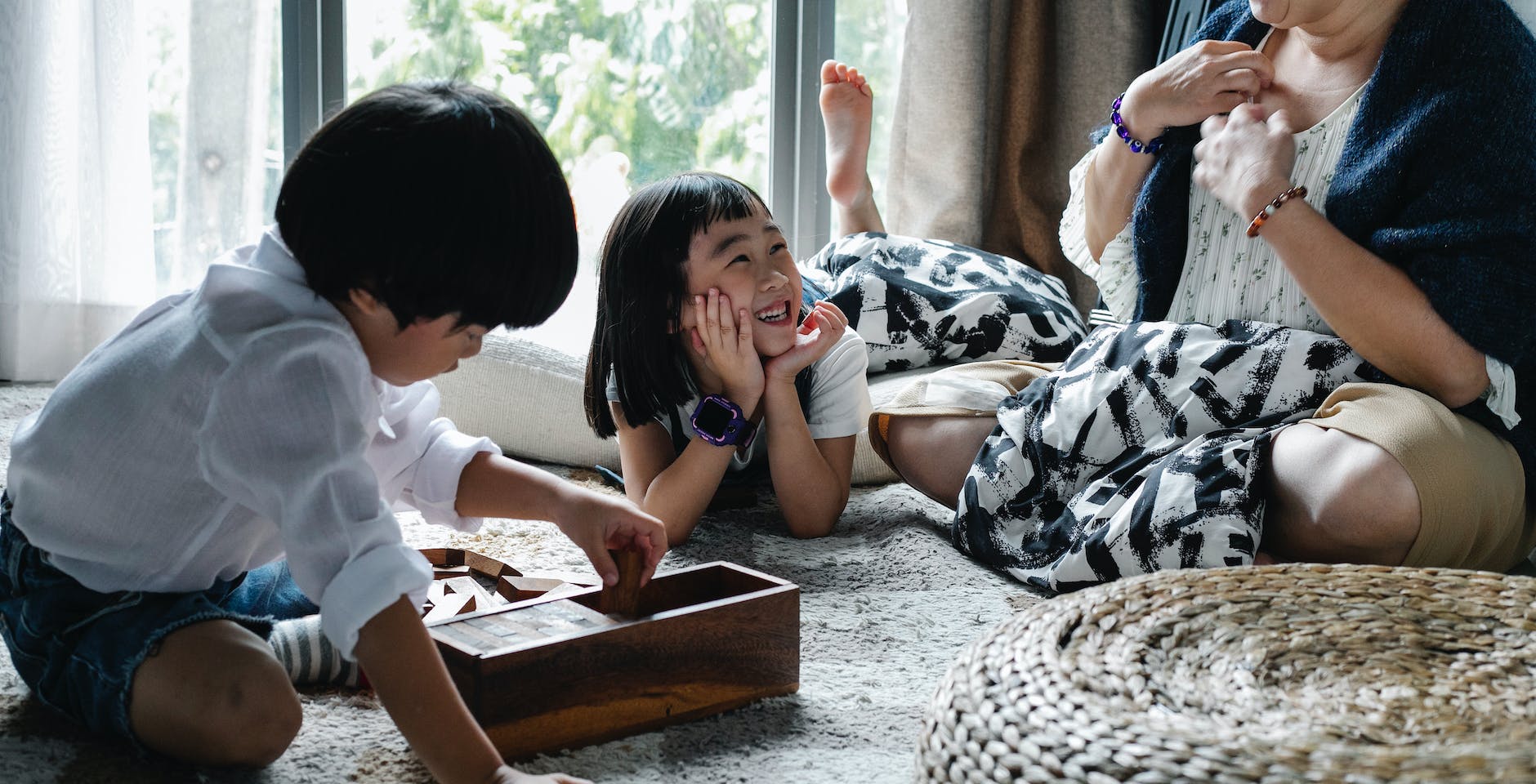
1.4 Long-term Commitments and Parenting
(Pg 43)
Incrementally, children are taught the following:
- Redefinition of “marriage” and “family” to include same-sex unions (5-8 years old)
- All types of unions are equal and permissible (9-12 years old)
- Everyone in any union has the right to procure a child to be a “parent” (12-15 years old)
- Everyone in any union has the ability to be a “parent” (15-18 years old)
How does teaching about “marriage” and “family” lead to support for same-sex parenting?
But what are the definitions of “family” and “marriage” used here? And what does it mean when it suggests that all family structures/”marriages” are said to be “all valuable”?

The learning objectives remain ambiguous until children reach 15-18 years old.
15-18 year old teenagers must have an attitude that everyone regardless of sexual orientation and gender identity is able to become parents.
This means that non-traditional unions can procure children, and that “family” and “marriage” includes non-traditional unions.
But what is the progression from redefining “family” and “marriage” at 5 years old to changing values to support LGBTQ individuals becoming “parents”?

From 9-12 years old, children must describe how religion and laws impact marriage and parenting.
Children must have the attitude that all people should have the right to decide if, when and whom to marry. This implies that children must believe that people can marry someone of the same sex.
For children to have this attitude, how will the discussion about religion and law be facilitated? Will it portray religion and law in positive or negative light?
Teachers must facilitate the discussion to undermine societal and religious values so that children can change their attitude toward marriage.

From 12-15 years old, teenagers are taught that people can become parents through adoption, fostering, medical assistance and surrogacy.
The UN ITGSE does not mention that surrogacy often meant exploitation of vulnerable women and refusing a child’s right to his/her birth (sometimes also biological) mother.
Teenagers must also have an attitude that everyone should have the right to procure a child to become a “parent”. This includes non-traditional unions.

Not only must teenagers have an attitude that everyone has the right to be a parent, but they must also have an attitude that everyone has the ability to be a parent.
An individual’s ability to care for a child should not narrowly refer to material provision. Children thrive when in the loving complementary care of a father and a mother; no man can replace a mother, no woman can replace a father.
The UN ITGSE does not say that fathers and mothers provide different forms of care that children need and that children have a natural right to their father and mother.
Instead, we see repeated assertions that adults have a “right” to procure a child. It is clear that CSE prioritises adult autonomy over the well-being of the child.

Previous Topic

Next Topic

All Topics
1.1 Families
1.2 Friendship, Love and Romantic Relationships
1.3 Tolerance, Inclusion and Respect
1.4 Long-term Commitments and Parenting
2.1 Values and Sexuality
2.2 Human Rights and Sexuality
2.3 Culture, Society and Sexuality
3.1 The Social Construction of Gender and Gender Norms
3.2 Gender Equality, Stereotypes and Bias
3.3 Gender-based Violence
4.1 Violence
4.2 Consent, Privacy and Bodily Integrity
4.3 Safe Use of Information and Communication Technologies (ICTs)
5.1 Norms and Peer Influence on Sexual Behaviour
5.2 Decision-making
5.3 Communication, Refusal and Negotiation Skills
5.4 Media Literacy and Sexuality
5.5 Finding Help and Support
6.1 Sexual and Reproductive Anatomy and Physiology
6.2 Reproduction
6.3 Puberty
6.4 Body Image
7.1 Sex, Sexuality and the Sexual Life Cycle
7.2 Sexual Behaviour and Sexual Response
8.1 Pregnancy and Pregnancy Prevention
8.2 HIV and AIDS Stigma, Treatment, Care and Support
8.3 Understanding, Recognizing and Reducing the Risk of STIs, including HIV

Stay Updated about CSE Harms
To be forewarned is to be forearmed.
No spam. No sales. Only Resources.

